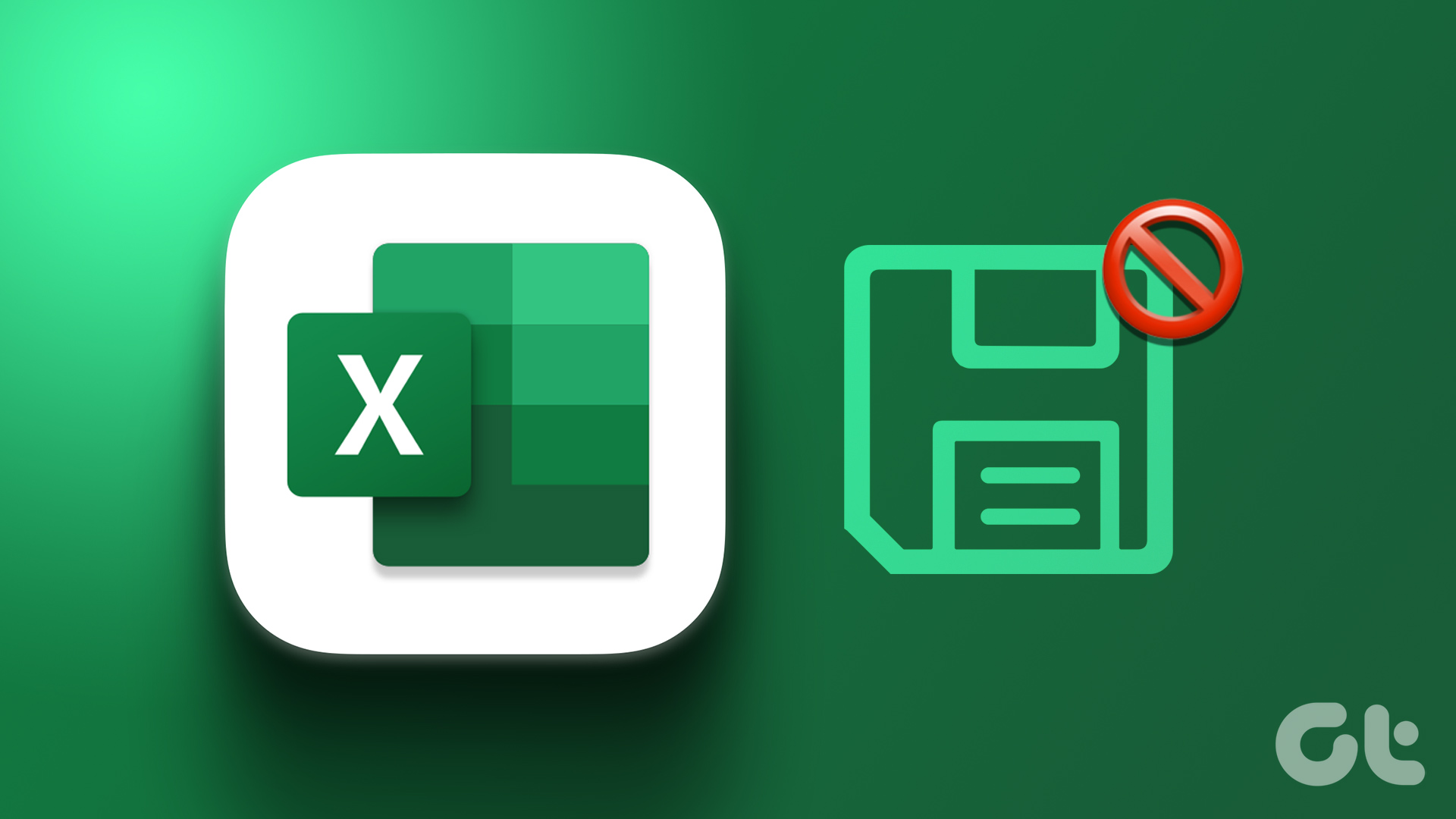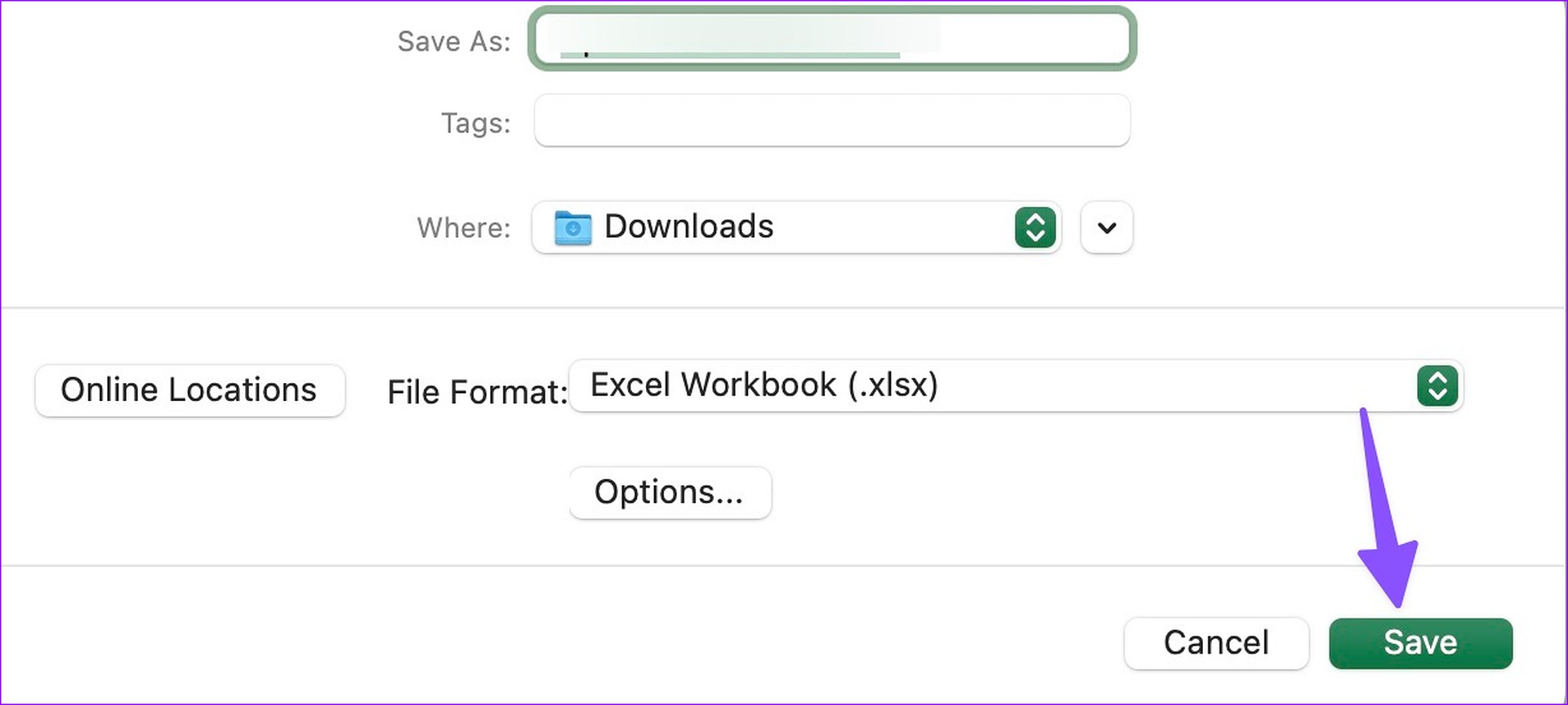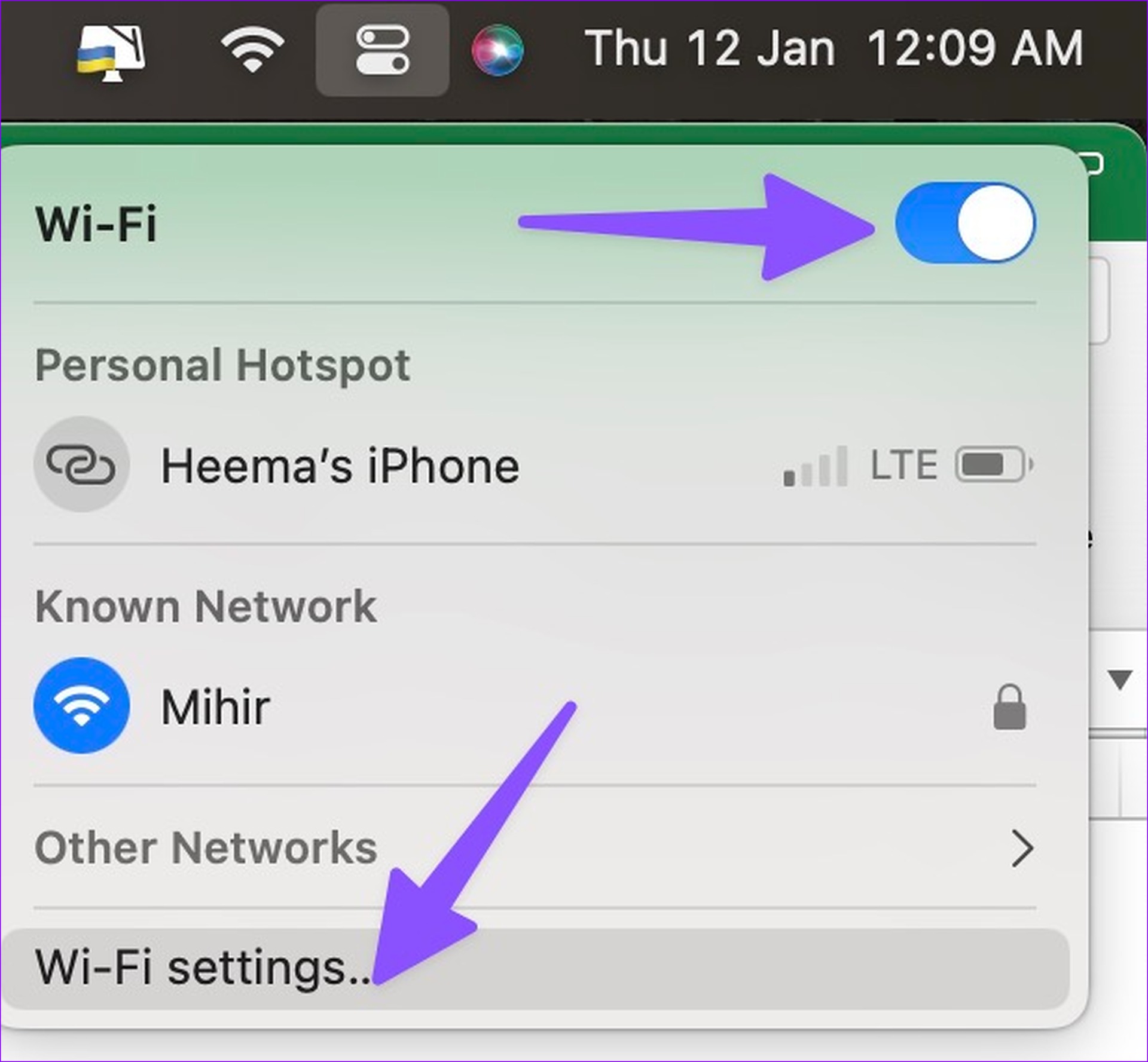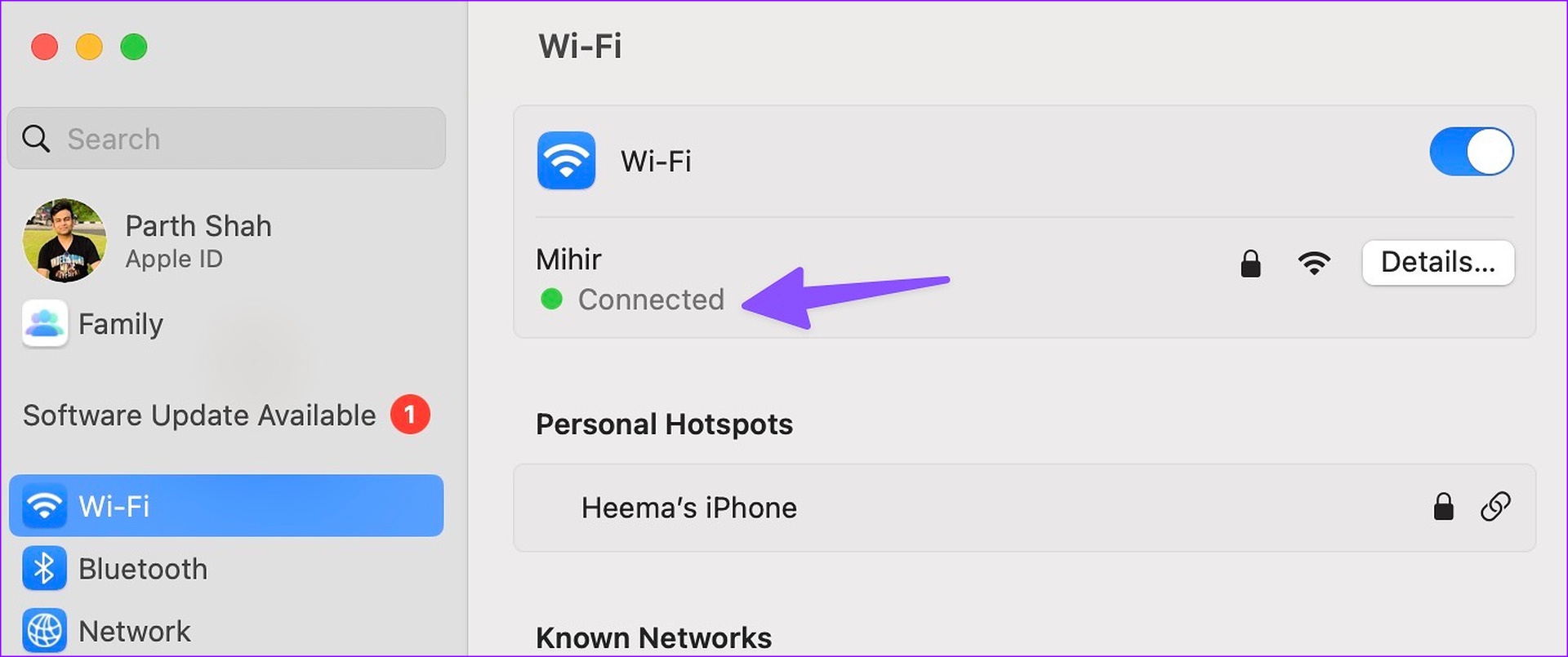Although macOS comes with the default Numbers app for creating and editing spreadsheets, most users prefer Microsoft Excel for familiarity and rich functions. However, Microsoft Excel not saving on Mac may confuse you. If this happens frequently, use the troubleshooting tips below to fix the problem.

You may lose hours of work when a Microsoft Excel sheet fails to save on Mac. You cannot share or invite others to collaborate without saving the file. Before it interrupts your workflow, follow the tips below to fix Microsoft Excel not saving on Mac.
1. Manually save the Excel sheet
Most Excel users prefer to sync the spreadsheet with online services like OneDrive, Box or Dropbox. Excel will not sync the latest changes when one of these services is experiencing an outage. You need to manually save the offline Excel file on your Mac. Here’s what you need to do.
Step 1: Open a spreadsheet in Microsoft Excel.
2nd step: Select File at the top.
Step 3: Click “Save a copy”.

Step 4: Select a local folder on your Mac and press Save.

Once the cloud services come back online, move the same file there and start collaborating.
2. Check internet connectivity
If your Mac is having internet problems, Microsoft Excel will be stuck in the “Saving” state. You must connect to a reliable Wi-Fi network or save the file offline (check the tip above).
Step 1: Select Control Center in the upper right corner.
2nd step: Connect to a Wi-Fi network. Open Wi-Fi settings from the same menu.

Step 3: Confirm the status ‘Connected’ with a green dot in the next menu.

3. Check OneDrive storage
Microsoft offers 1TB OneDrive storage with every Microsoft 365 plan. Even 1TB storage may not be enough for some. If you’re running out of OneDrive storage for your account, Microsoft Excel may have problems saving the file.

You need to visit OneDrive on the web and sign in with your Microsoft account details. You can check OneDrive storage in the lower left corner. If you run out of space, use another storage service or save the file offline.
4. Close Microsoft Excel on other devices
Do you have Microsoft Excel open on another Windows or Mac desktop? When you open the same file on Excel for Mac and start making changes, it may have issues saving the latest changes. You should close Microsoft Excel on other devices and try saving the spreadsheet again.
5. Reduce file size
The file may become abnormally large when dealing with large spreadsheets with many tables, graphs, and hundreds of rows and columns. In such cases, you should reduce the file size and try to save it again. Microsoft Excel comes with an option to reduce file size. Here’s what you need to do.
Step 1: Open any spreadsheet in Microsoft Excel.
2nd step: Select File in the upper left corner of the menu bar.

Step 3: Select Reduce file size.

Step 4: Compress images to reduce file size.

Step 5: Click OK.
You can try to save the compressed Excel file again.
6. Browse Version History
When Microsoft Excel fails to save latest changes on Mac, you don’t want your efforts to go to waste. Fortunately, you can browse the version history and restore the recent file. Here’s how.
Step 1: Open an Excel spreadsheet on Mac.
2nd step: Select File in the upper left corner of the menu bar.

Step 3: Click “Browse Version History”.

Step 4: Check the time next to your Excel file.
Step 5: Open a recent Excel file.

Step 6: Try saving it to your OneDrive account or locally on the Mac.
7. Update Microsoft Excel
Microsoft Excel not saving on Mac may be due to an outdated application version. The company regularly releases new app versions to add features and fix bugs. The Excel application is readily available on the Mac App Store. You can update it by following the steps below.
Step 1: Launch the Mac App Store.
2nd step: Select “Updates” from the sidebar.
Step 3: Install the pending Microsoft Excel update.

8. Use Microsoft Excel Web
When none of the tricks work, it’s time to ditch the native Microsoft Excel application in favor of the web version. While not as feature rich and smooth as the native app, the web version gets the job done. You can visit Microsoft Excel on the web, open the troubling file, make the required changes, and share it among colleagues and employees.
Enough of this sheet
You can also switch to Google Sheets or Numbers to create and edit spreadsheets. But why settle for a subpar experience when you can troubleshoot Microsoft Excel without logging issues in no time? Follow the tips above and let us know which trick worked for you in the comments below.
